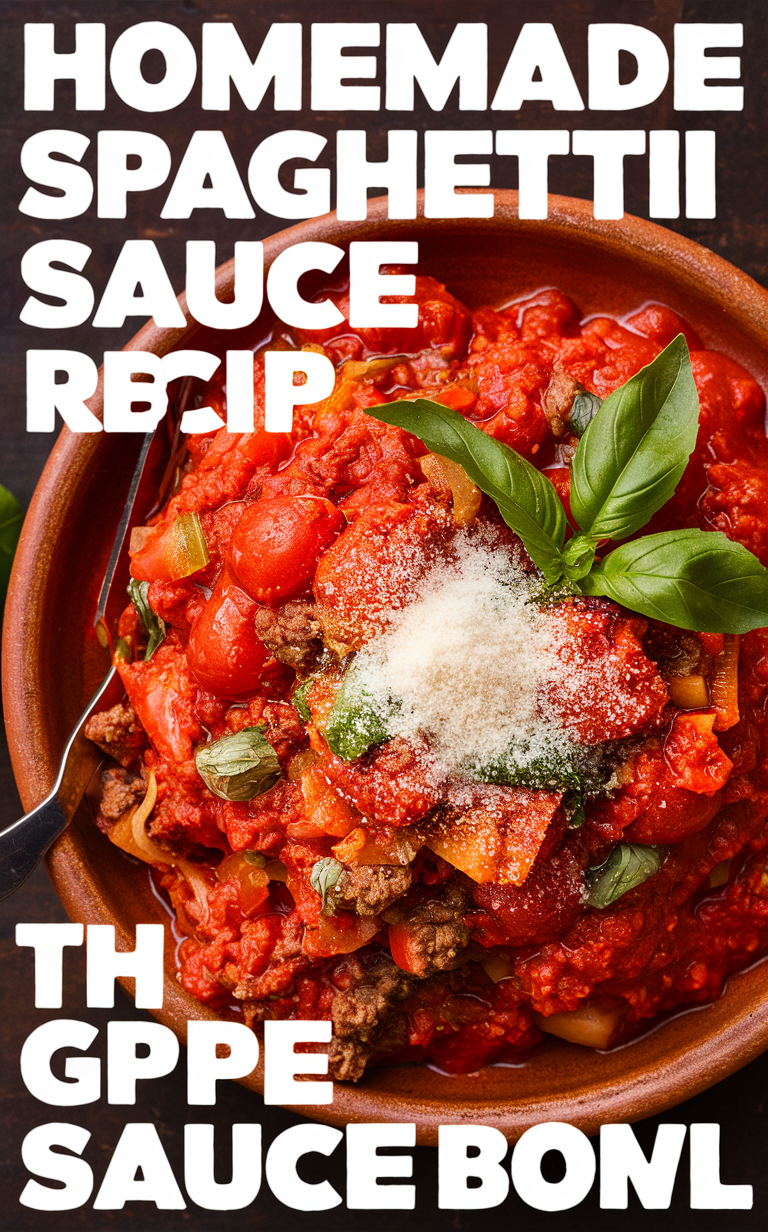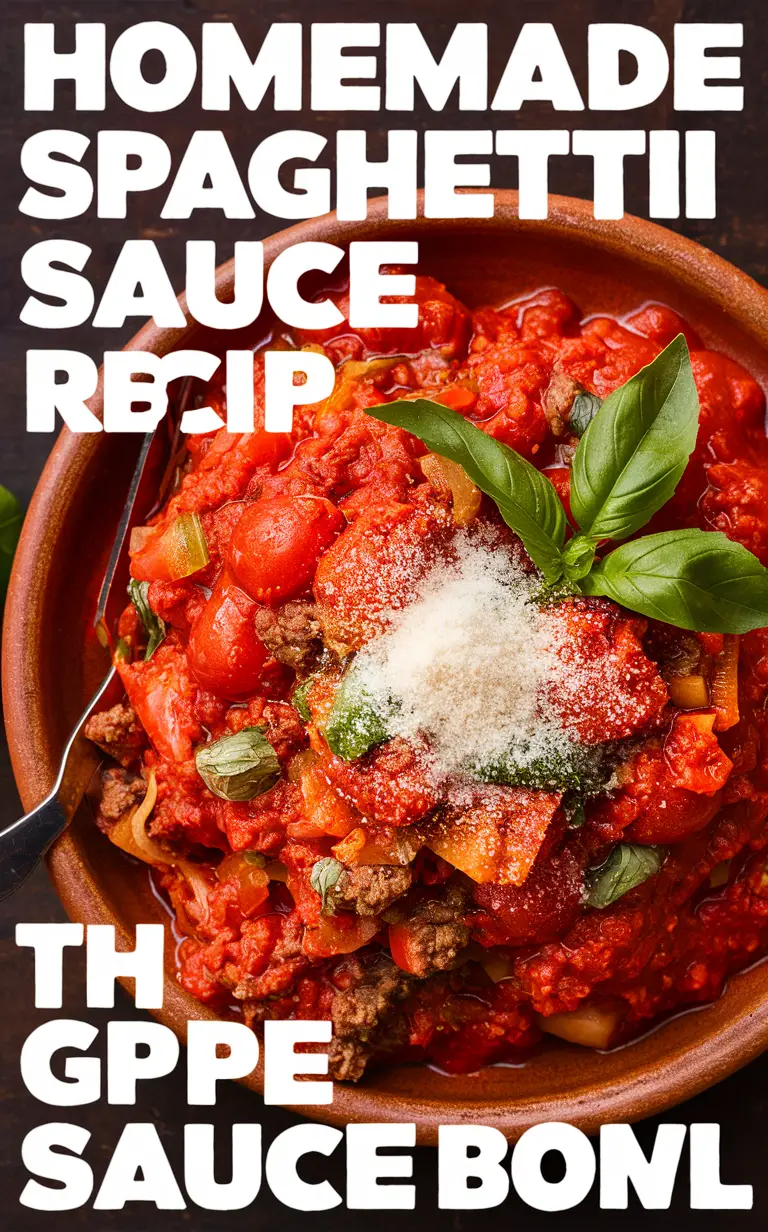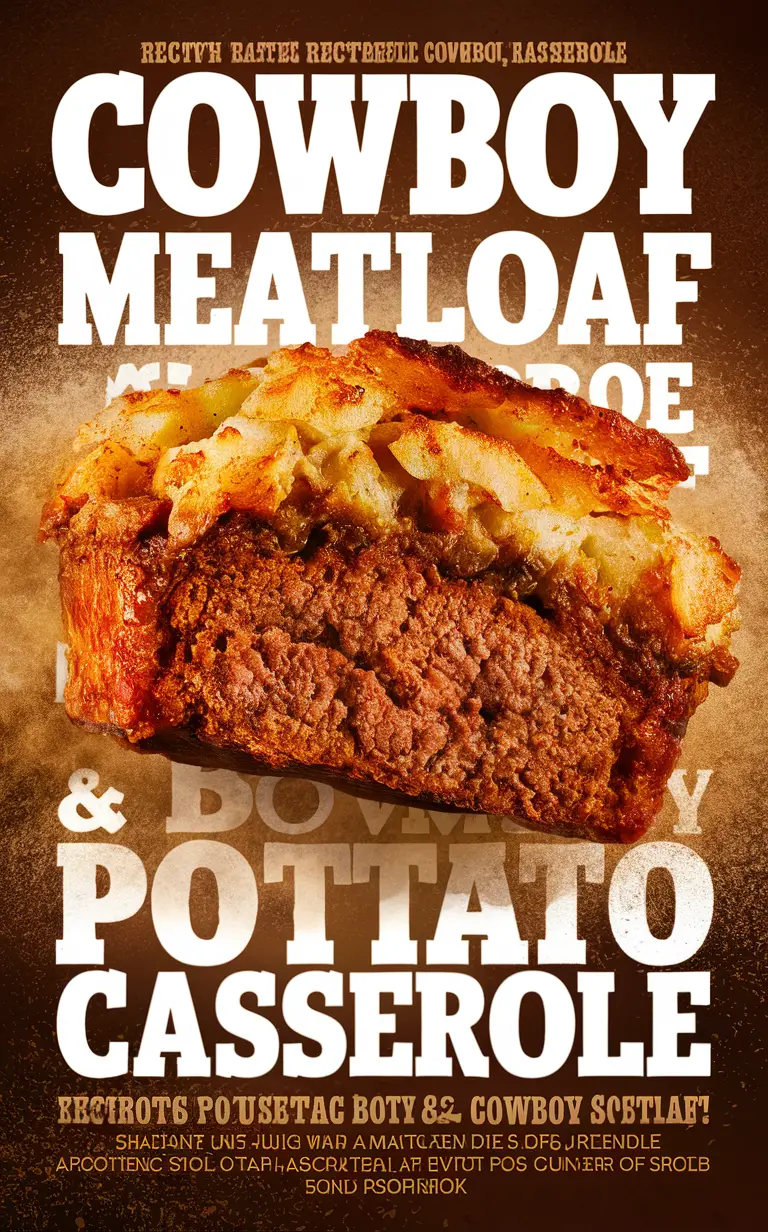Homemade Spaghetti Sauce Recipe
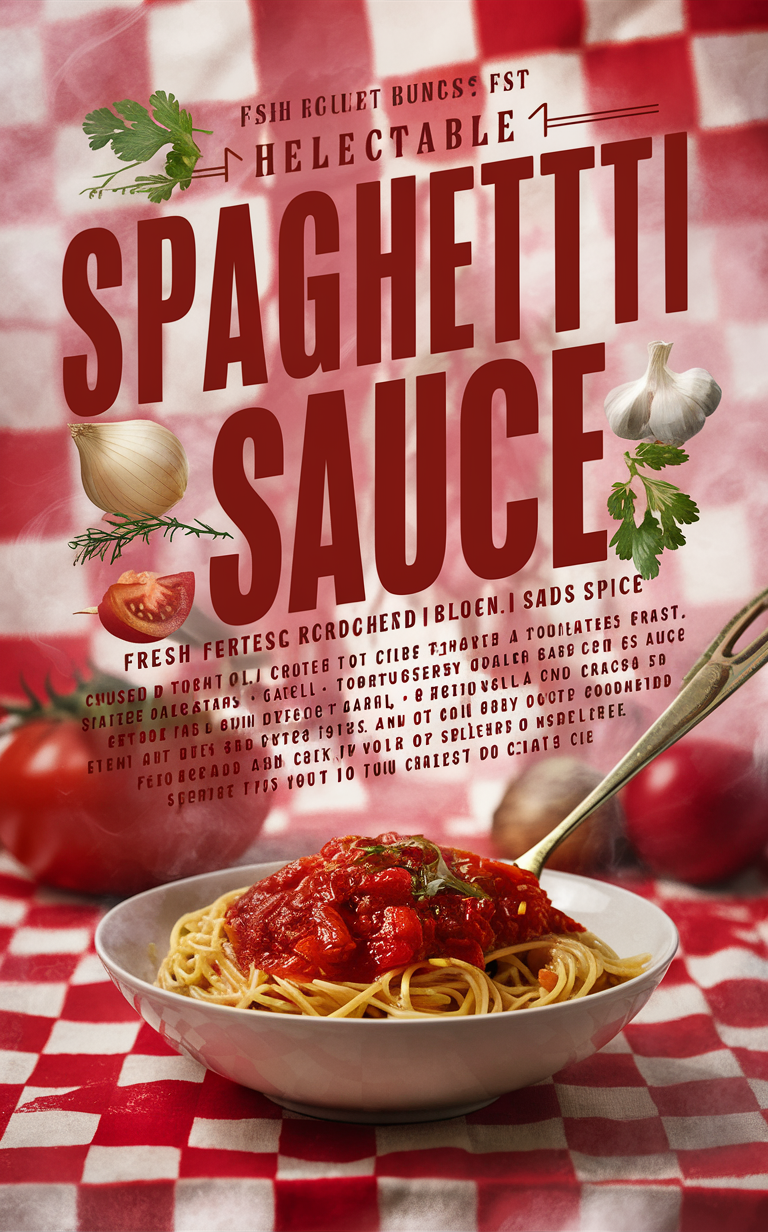
Disclosure: This post contains affiliate links. We may earn a commission at no extra cost to you.
Cook Tool Requirements
Click Here to Grab Your PAUDIN Kitchen Knife Set
Click Here to Grab Your Large Bamboo Cutting Boards
Click Here to Grab Your Cast Iron Skillet
Click Here to Grab Your Measuring Cups and Spoons
Click Here to Grab Your Silicone Spatula Set
Click Here to Grab Your Mixing Bowls
Click Here to Grab Your Instant-Read Thermometer
Click Here to Grab Your Non-Stick Frying Pan
Click Here to Grab Your Tongs For Cooking
Click Here to Grab Your Microplane Zester
Click Here to Grab Your Colander
Now—Available on Amazon!
 Get Instant Access to 1,000+ Recipes! Discover, cook, and enjoy every day. Install now to get started!
Get Instant Access to 1,000+ Recipes! Discover, cook, and enjoy every day. Install now to get started!

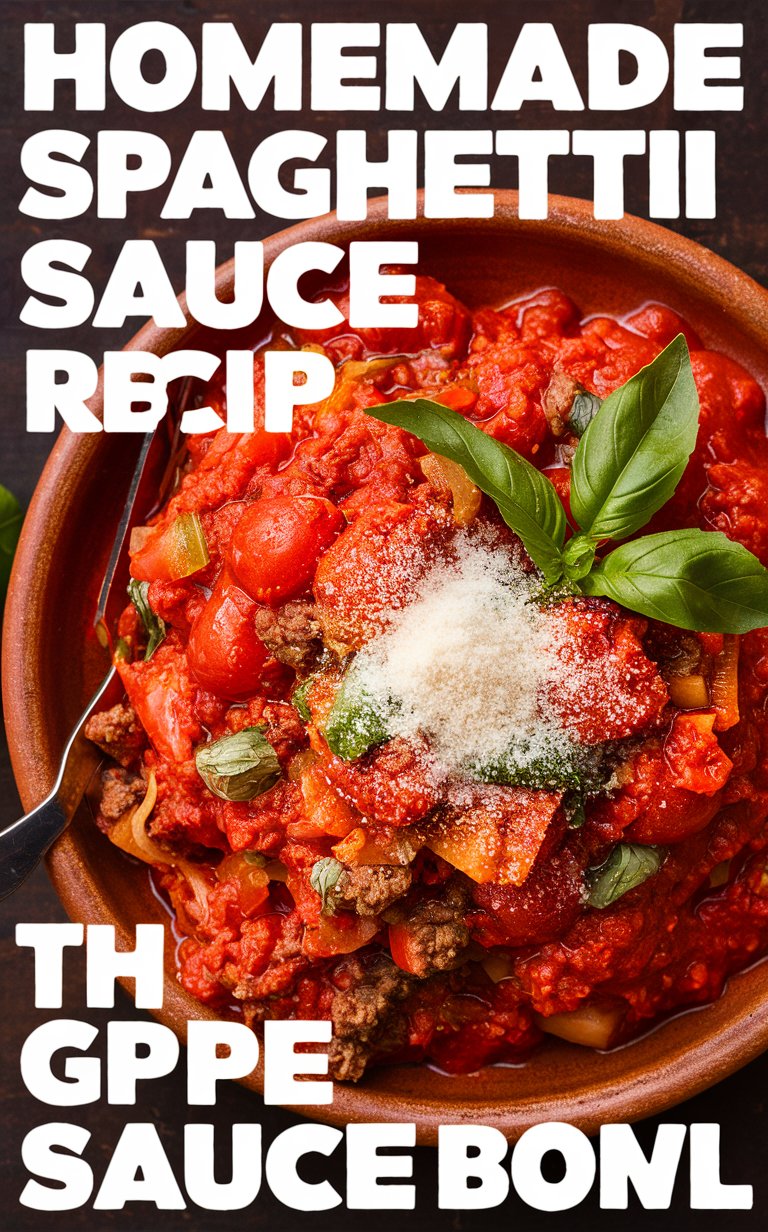
Homemade Spaghetti Sauce Recipe
Ingredients and Quantities:
For 1 person:
- Tomatoes – 2 medium
- Onion – 1 small
- Garlic – 2 cloves
- Italian Seasoning – 1 tsp
- Salt and Pepper – to taste
For 3 people:
- Tomatoes – 6 medium
- Onion – 1 large
- Garlic – 6 cloves
- Italian Seasoning – 3 tsp
- Salt and Pepper – to taste
Preparation:
Time: 30 minutes
Level: Easy
Cuisine Type: Italian
Steps:
- Heat olive oil in a pan.
- Saute onions and garlic until soft.
- Add tomatoes and Italian seasoning.
- Season with salt and pepper.
- Cook for 20 minutes on low heat.
- Blend the sauce until smooth.
- Serve over cooked spaghetti.
Why People Love It:
People love homemade spaghetti sauce because of its fresh flavors and versatility. It allows for customization and can cater to individual preferences.
Best Occasions to Make It:
Homemade spaghetti sauce is perfect for family dinners, date nights, or casual gatherings with friends. It adds a personal touch to any meal.
Steps for the Best:
To make the best homemade spaghetti sauce, use ripe tomatoes, fresh herbs, and season generously with salt and pepper. Simmer the sauce slowly to develop deep flavors.
Tips on Serving:
Serve the homemade spaghetti sauce over al dente pasta, garnished with fresh basil and grated Parmesan cheese for a delicious meal.
Nutrition Facts:
Calories per Serving: 120
Carbs: 15g
Protein: 3g
Gluten Content: Gluten-free
Pro Tip: Add a splash of red wine to the sauce for extra depth of flavor.

Install , search , Coook and enjoy our recipes
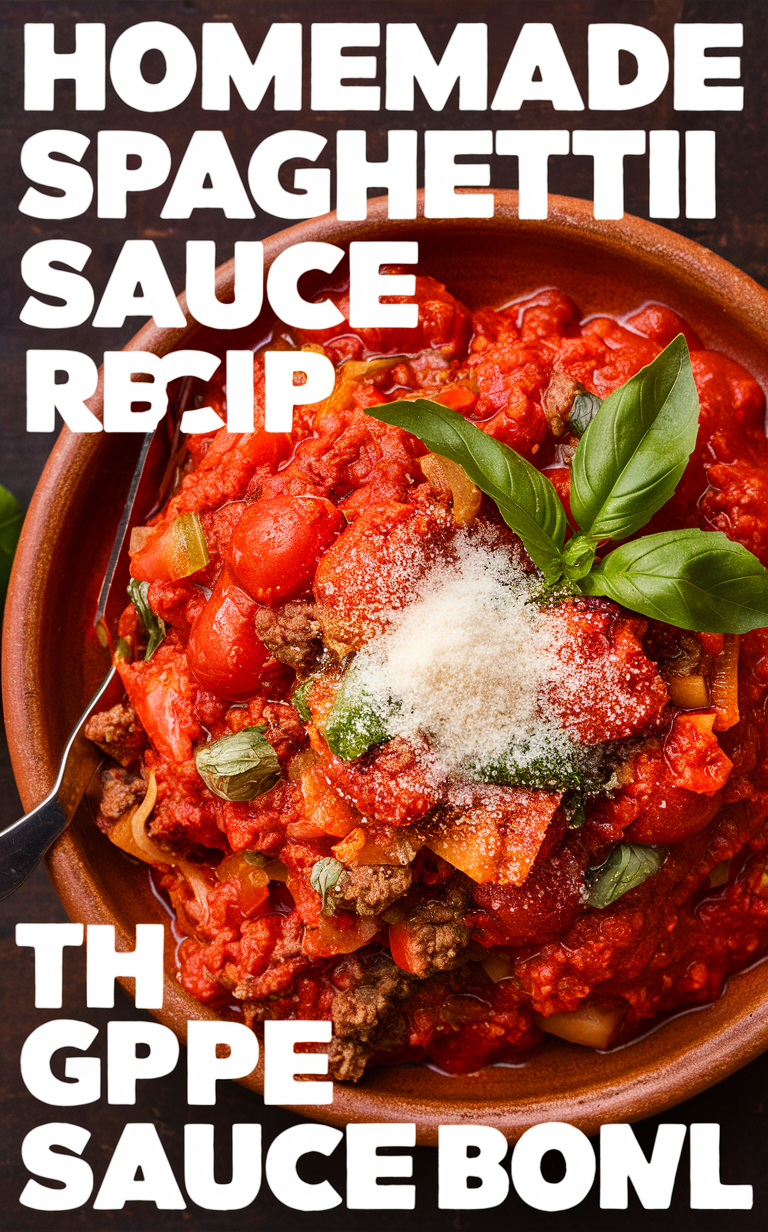 Creating a controversial-style article titled “Homemade Spaghetti Sauce Recipe”
Creating a controversial-style article titled “Homemade Spaghetti Sauce Recipe”
Homemade Spaghetti Sauce Recipe
How to Make it More Healthy
When preparing this homemade spaghetti sauce, consider using organic ingredients for a healthier option. Opt for fresh tomatoes and herbs to enhance the nutritional value of the sauce.Origin Country of Recipe
The traditional homemade spaghetti sauce recipe originates from Italy, known for its rich culinary heritage and delicious pasta dishes.Best Time to Make it During the Day
Homemade spaghetti sauce is versatile and can be enjoyed at any time of the day. However, it is commonly prepared for dinner to enjoy a comforting and satisfying meal.The Inspiration Behind the Recipe
The inspiration behind this homemade spaghetti sauce recipe comes from the desire to create a flavorful and authentic Italian dish that can be enjoyed by the whole family.Best Way to Storage
Store any leftover homemade spaghetti sauce in an airtight container in the refrigerator for up to 3-4 days. You can also freeze the sauce in a freezer-safe container for longer storage.How To Make It Gluten-Free
To make this homemade spaghetti sauce gluten-free, ensure that all ingredients used are certified gluten-free. Substitute regular pasta with gluten-free pasta for a delicious gluten-free meal.How To Make It Dairy-Free
For a dairy-free version of this homemade spaghetti sauce, omit any cheese or dairy products from the recipe. You can also use dairy-free cheese alternatives for a creamy texture.5 Common Questions with Answers
1. Can I use canned tomatoes instead of fresh? Yes, canned tomatoes can be used as a convenient alternative. 2. Is it necessary to add sugar to the sauce? It is optional, but a small amount of sugar can help balance the acidity of the tomatoes. 3. Can I add meat to the sauce? Yes, you can add ground beef or Italian sausage for a meaty version of the sauce. 4. How long should I simmer the sauce for? Simmer the sauce for at least 30-45 minutes to allow the flavors to develop. 5. Can I freeze the sauce for later use? Yes, the sauce can be frozen for up to 3 months in a freezer-safe container.5 Things to Avoid While Making the Recipe
1. Avoid burning the garlic as it can impart a bitter taste to the sauce. 2. Do not overcook the onions, as they should be soft and translucent, not browned. 3. Avoid adding too much salt at the beginning, as the flavors will intensify during cooking. 4. Do not skip the simmering step, as this allows the flavors to meld together. 5. Avoid using dried herbs instead of fresh, as fresh herbs provide a more vibrant flavor. In conclusion, this homemade spaghetti sauce recipe offers a delicious and versatile option for a comforting Italian meal. Enjoy the flavors of fresh ingredients and follow these tips for a successful cooking experience.